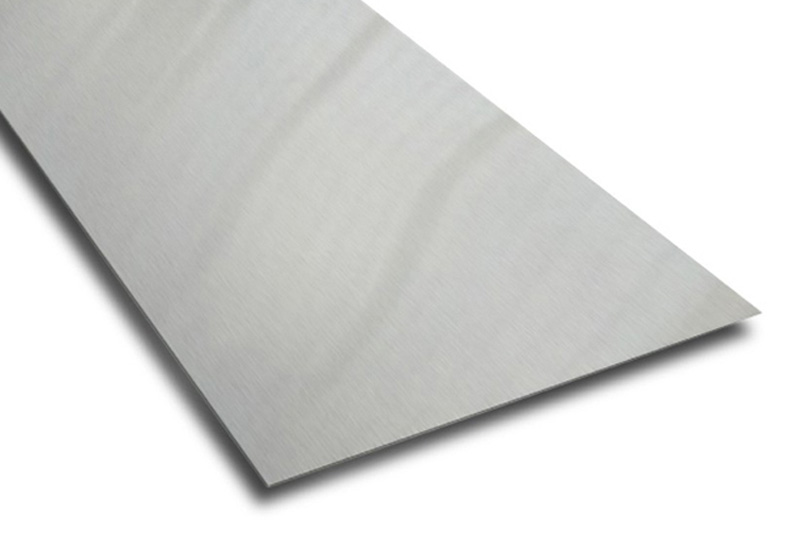304 stainless steel has a beautiful surface, diversified use possibilities, good corrosion resistance, and is more durable than ordinary steel. 304 stainless steel plate has good corrosion resistance and high strength, so the possibility of thin plate use is high. High temperature oxidation resistance and high strength, so it can resist fire and normal temperature processing, that is, easy plastic processing. Because no surface treatment is required, it is simple, easy to maintain and clean, and has a high finish and good welding performance.
The main difference between 316 and 304 in chemical composition is that 316 contains Mo, and it is generally accepted that 316 has better corrosion resistance and is more resistant to corrosion than 304 in high temperature environments. Therefore, in high temperature environments, engineers generally choose parts made of 316 materials. But the so-called things are not absolute, in the environment of concentrated sulfuric acid, no matter how high the temperature is, do not use 316. We know that in order to prevent the thread from seizing at high temperature, a black solid lubricant needs to be applied.

Due to the high yield point, high hardness and significant cold work hardening effect of stainless steel, 304 stainless steel has the following characteristics when it is bent: the thermal conductivity is worse than that of ordinary low carbon steel, and the elongation is low, resulting in a large required deformation force. Compared with carbon steel, stainless steel sheet has a strong tendency to spring back during bending. Compared with carbon steel, the stainless steel plate has a low elongation rate, and the bending angle R of the workpiece during bending is larger than that of the carbon steel, otherwise there may be cracks. Due to the high hardness of 304 stainless steel plate and the significant cold work hardening effect, tool steel with heat treatment hardness above 60HRC should be selected when selecting press bending tools, and its surface roughness is an order of magnitude higher than that of carbon steel press bending tools.
According to the above characteristics, generally speaking: under the unit size, the thicker the sheet, the greater the required bending force. And as the thickness of the plate increases, the margin for the bending force should be larger when selecting the bending equipment. Under the unit size, the larger the tensile strength and the smaller the elongation, the larger the required bending force and the larger the bending angle should be.
According to the actual situation, the unfolded size of a bending workpiece is the addition of the right-angle sides minus two plate thicknesses, which can fully meet the design accuracy requirements. Calculating the unfolding amount according to the empirical formula can simplify the calculation process and greatly improve the production efficiency. The greater the yield strength of the material, the greater the elastic recovery. In order to obtain a 90-degree angle of the bending part, the angle of the required pressing knife should be designed to be smaller. Compared with carbon steel with the same plate thickness, the bending angle of 304 stainless steel plate is larger, and special attention should be paid to this point, otherwise there will be bending cracks, which will affect the strength of the workpiece.